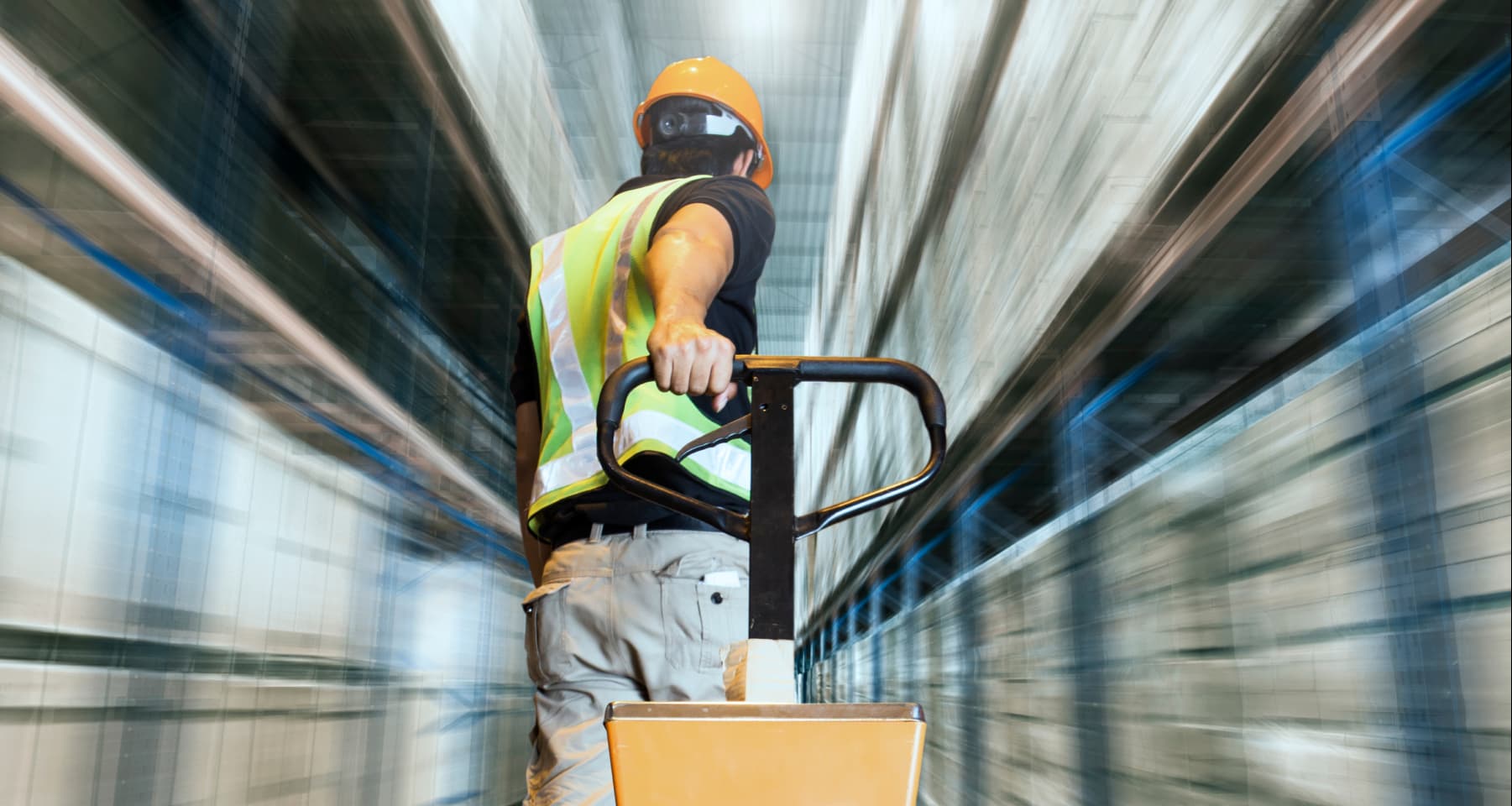With the Holiday season fast approaching, warehouses are facing new and unprecedented challenges. Not only are shipping delays and supply chain disruptions adding additional pressure on an already strained environment, but staffing shortages are putting fulfillment centers under a lot of stress.
Warehouses are the nucleus of critical logistics processes – and with growing demand – are a place where many interactions and frictions occur. Luckily, most warehouses recognize that they need to optimize their operations through technology, creating a far improved warehouse experience, especially when unloading, inventorying, and invoicing goods.
If you have ever been to a large-scale warehouse, you know just how busy it can be. If you haven’t, imagine a giant warehouse facility where hundreds of truck trailers are unloaded at numerous dock doors, and the freight is moved around within the facility by a myriad of workers and forklifts. This chaotic environment is just the receiving and transferring of goods, and doesn’t even show the extensive management and planning involved behind the scenes.
Managing a large-scale warehouse also includes planning out the supply, storage capabilities, reconciling invoices and payments, and controlling the inventory on the backend. So naturally, warehouses are always on the lookout for new and better ways to work more efficiently, save time, lower costs, increase revenue, and boost employee and customer satisfaction.
Here are five actions that can all help to improve the overall warehouse experience for staff, lumpers, and drivers.
Ditch manual processes
Many warehouse facilities still rely on a significant paper trail that has to pass through multiple hands. Lumper payments, invoices, inventory lists, work orders, BoLs, delivery orders, and receipts have historically been paper-based, complicating proper tracking and quick reconciliation between parties. Switching to digital solutions has helped keep better track of the receiving and transferring of goods. It has also helped avoid paperwork getting lost so that accounting settlements have become much more manageable and accurate.
Optimize procedures
A well-chosen inventory control system will help get things off the truck and unload them to the correct location within the warehouse. If the lumper knows precisely where the unloaded goods go, they can unload the trailer faster, get the driver back on the road more quickly, and turn more doors in a day, keeping warehouse, drivers, and lumpers happy! Understanding how the process works from driver to back-office and optimizing it through technology makes it a better and transparent process for all links in the chain.
Minimize operational costs
With demand at an all-time high due to an (almost) post-pandemic economic recovery, this is no time to save on labor costs - especially considering how warehouses struggle to recruit and retain workers. Running a warehouse efficiently is a labor-intensive business, a good investment is in operating systems that better process and transfer the goods inside the warehouse. Implementing digital solutions that optimize inventory, calculate demand, and streamline payments is well worth the investment. Consider how much time they will ultimately save that translates directly into time given back to everyone working at the warehouse, paving the way for more operational efficiency.
do you pay each week?
lumper fee cost?
Consolidate technology
Technology solutions are beneficial to optimizing processes, but too much tech can quickly create an unnecessary and time-consuming workload for workers, who will have to be trained to use all of the different tech options. Tech solutions that offer all-inclusive solutions or integrate seamlessly with other tech platforms to form a consolidated user interface are the gold standard. A good example is Relay’s fully adaptable payment platform that interfaces seamlessly with the Relay Driver app. Whether you are part of the back office, a lumper service, or a driver, you interact with the same technology platform so that you can make lumper payments quickly and securely.
Improve data management
When warehouses don’t have complete visibility over the inventory, they risk losing track of what’s in stock, leading to extra storage expenses. Manual records and merchandise monitoring can either be inaccurate or even get lost. Inventory management software will help keep track of merchandise and help you react to any disruptions that may occur. Plus, you will collect valuable data that can help identify how you modify and improve your process from dock to back office.
Want to learn more about how Relay Payments can help optimize your warehouse or warehouse experience? Get in touch with us to schedule a demo and let us help you keep moving.

